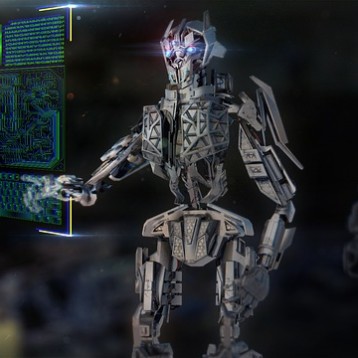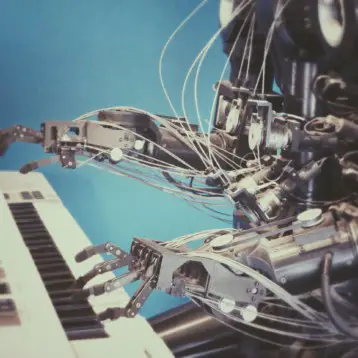The “Hybrid Assistive Limb” robot suit (dubbed HAL) detects natural electrical currents that pass over the surface of the skin, thus, anticipating muscle movement. After recognizing the electrical current, the suit performs limb movement. HAL weighs 11 kilograms (24 pounds), and Takashi Hama, an executive official of Daiwa House Industry, is convinced that this is a key feature. “You don’t feel the weight of the robot at all,” he recently said.
Sankai’s invention first came into prominence in 2006 when he helped Seiji Uchida, who has been bound to a wheelchair since a car accident in 1983, to try and climb a peak in the Swiss Alps. “I see big possibilities for HAL, which not only helps handicapped people move on their own but also assists caretakers in caring for someone like me,” said Uchida, now 46. “I asked professor Sankai directly to help me take up the challenge of mountain climbing,” he recalled, and added: “It’s been two years since. I think the latest model has a better battery system and some improvement in the knee joints.”
The company that produces the suits is Cyberdyne Inc. It has already announced that 500 units of the battery-powered robot suit would be leased to assist paralyzed patients at hospitals and rehabilitation centers. Cyberdyne will be renting out the robot suits for five year periods and, according to Sankai several European nations, particularly in Scandinavia, have expressed interest in trying the suit.
Another prototype of HAL allows the wearer to carry 100 pounds without adding much weight to the suit. “We are looking at the future use of the robot suits at construction sites, where workers have to carry heavy materials,” Hama said. Sankai added: “I believe technology becomes useful only when it works for people.” In a more political statement, he said: “I refuse any possible military use of my robot suits.”
TFOT has also covered uBot-5, a robot that performs many useful tasks that entail the mobile manipulation of objects, the humanization of ASIMO the robot, researched at Carnegie Mellon University, and the development of robotic rats, that will aid in rescue operations. Other related TFOT stories include the “Voiceless” phone call, made using a neckband called Audeo, which translates thoughts into speech by intercepting nerve signals; and COGAIN, a new technology for people with severe motor disabilities, allowing them to play 3D computer games using only their eyes.










